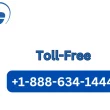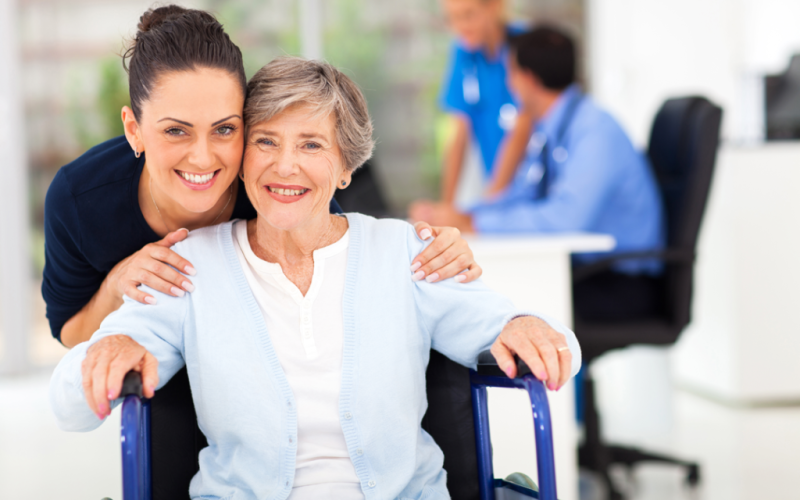Basic Life Support (BLS) is an essential skill that can save lives in emergencies such as cardiac arrest, choking, or drowning. BLS training teaches individuals how to perform chest compressions, give rescue breaths, and use an Automated External Defibrillator (AED). But have you ever wondered who is qualified to teach BLS? Not just anyone can offer this critical training — there are specific requirements and certifications an individual or organization must meet to provide official BLS instruction.
Let’s explore who can legally and effectively deliver BLS training and what qualifications are needed to become an instructor.
Who Is Eligible to Teach BLS?
To deliver BLS training, an individual must first be certified as a BLS Instructor by an authorized organization. These organizations include the American Heart Association (AHA), the American Red Cross, and other nationally recognized institutions. Instructor candidates usually start by taking a BLS Provider course themselves, followed by a dedicated instructor training program.
These instructor courses cover how to teach BLS content, evaluate students, and manage training logistics. Once someone completes the program and passes all required evaluations, they become a certified BLS instructor who can lead BLS classes for healthcare workers, first responders, and the general public.
If you are looking for a certified CPR BLS Instructor Training Program in Mullica Hill, NJ, it’s important to choose one that’s approved by major health and safety organizations.
Types of Organizations That Offer BLS Training
Many institutions are authorized to deliver BLS training through certified instructors. These include:
- Hospitals and Healthcare Systems: Often offer training for their staff and may extend classes to the public.
- Vocational and Technical Schools: These often include BLS as part of medical or nursing assistant programs.
- Emergency Services Departments: Fire departments and EMS services often provide training for both professionals and the community.
- Private Training Centers: Many licensed centers specialize in CPR and BLS training, offering flexible class schedules and certification options.
- Community Colleges: Frequently offer BLS certification courses as part of their continuing education programs.
The key is to verify that any organization offering BLS training uses certified instructors and follows guidelines set by recognized bodies like the AHA or Red Cross.
What Makes a Good BLS Instructor?
Besides being certified, a quality BLS instructor should have:
- Strong Communication Skills: They must explain complex life-saving techniques in simple, clear language.
- Hands-On Experience: Many effective instructors are healthcare professionals or experienced first responders.
- Patience and Support: Instructors must be supportive, especially when teaching people with no medical background.
- Commitment to Standards: They should stay updated with the latest BLS guidelines and refresh their skills regularly.
Teaching BLS isn’t just about repeating steps — it’s about helping students feel confident and capable in emergency situations.
Is Online BLS Training Allowed?
Some parts of BLS training, such as theory and written tests, may be completed online. However, hands-on skills like chest compressions and AED use require in-person evaluation. Therefore, official certification is typically blended: part online, part in person. Always confirm that your training provider offers an accredited program that includes skills assessment by a certified instructor.
Equipment and Environment Required for BLS Training
Proper BLS training needs specific equipment, including:
- Manikins for practicing CPR and rescue breathing
- AED training units
- Barrier devices like face shields or masks
- A quiet and clean space suitable for group instruction
A reliable training provider will always ensure the learning environment is well-equipped and conducive to learning.
As an example of trusted providers, The Care Training Academy is known for working with highly experienced and certified instructors. They offer various training programs that follow official guidelines, ensuring participants are well-prepared for real-world emergencies. Whether you’re starting a healthcare career or just want to be ready to help others, they’re among the reputable names delivering solid BLS education.
How to Become a BLS Instructor
To become an instructor yourself, follow these steps:
- Complete a BLS Provider Course: First, get certified in BLS yourself.
- Take an Instructor Training Program: This program will teach you how to deliver BLS courses.
- Get Monitored: After training, you must teach a course under supervision.
- Receive Certification: Once you pass the monitoring, you’re officially a BLS instructor.
Many training centers now offer instructor programs in person and partially online to provide flexibility. If you’re ready to take the next step, consider enrolling in a CPR BLS Instructor Training Program in Mullica Hill, NJ to get started.
Conclusion
BLS training is a vital skill that can help save lives in emergencies. However, not everyone is qualified to teach it. Only certified instructors, trained by recognized institutions, can deliver official BLS courses. Whether you’re a student looking for certification or someone aiming to become an instructor, make sure your training comes from a trusted source.
Reliable organizations like The Care Training Academy are helping raise the bar in safety training by delivering accurate, hands-on instruction that meets current standards. Their presence in the field reflects the importance of choosing a professional and certified provider when it comes to life-saving skills.












